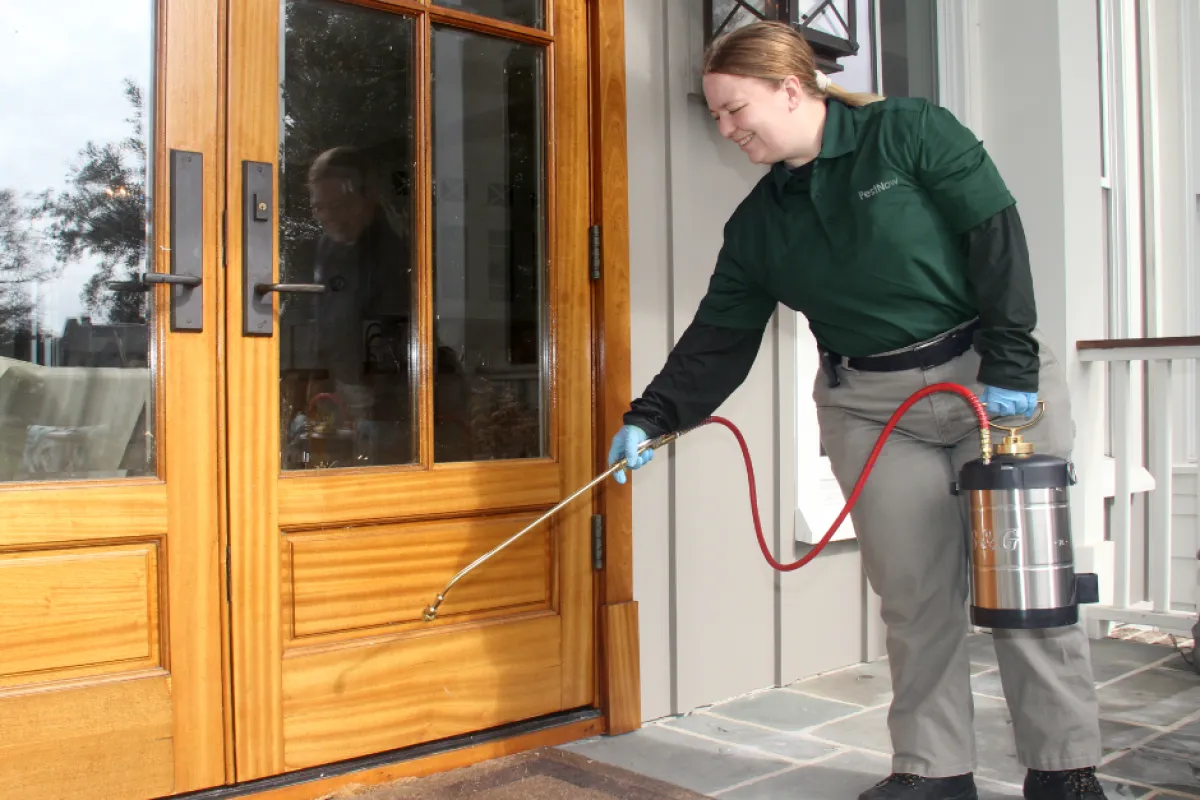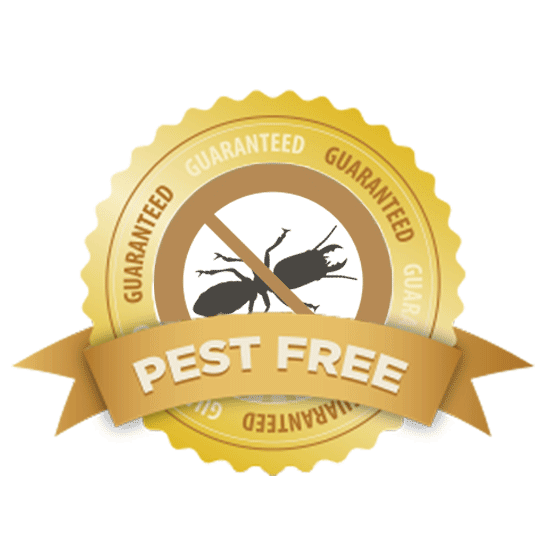Relied On A1 Exterminator Charlotte NC - Comprehensive Pest Solutions
Relied On A1 Exterminator Charlotte NC - Comprehensive Pest Solutions
Blog Article
Bed Bug Treatment Breakdown: Comparing Chemical Vs. Non-Chemical Solutions
In the realm of pest control, especially when handling the consistent problem of bed pests, the option in between chemical and non-chemical therapy services can be a critical one. Both approaches use distinct benefits and drawbacks, influencing factors such as effectiveness, security factors to consider, and general expense. By examining the nuanced details of each method, a clearer understanding of which path to go after in attending to a bed insect infestation can be attained.
Performance of Chemical Therapies
Chemical therapies for bed bug infestations have actually been extensively acknowledged for their powerful and quick effectiveness in eliminating these bugs. When thinking about the performance of chemical treatments, it is critical to recognize that they can supply a fast and detailed solution to a bed bug trouble.
Furthermore, chemical therapies have the benefit of providing residual impacts, indicating that they can proceed to get rid of bed insects also after the preliminary application. This residual action is specifically beneficial in combating any type of potential re-infestations. In addition, the fast action of chemical treatments can bring alleviation to people encountering severe bed bug infestations, allowing them to regain control of their living rooms rapidly.
Safety And Security Interest In Chemical Solutions
When utilizing chemical options for bed insect treatment is guaranteeing the safety and security of owners and the environment,One vital element that requires mindful consideration. While chemical therapies can be efficient in eliminating bed pests, they might position risks if not handled correctly. One of the primary safety and security worries with chemical solutions is the prospective injury they can cause to human health. Direct exposure to specific chemicals utilized in bed pest treatments can lead to respiratory problems, skin irritation, or other adverse responses, specifically in individuals with pre-existing conditions or sensitivities. In addition, improper application or dosage of chemical pesticides can cause toxic deposits remaining in the treated area, presenting long-lasting health and wellness threats to passengers.
Furthermore, the ecological effect of chemical services is one more considerable factor to consider. Some chemicals made use of in bed pest treatments might be damaging to advantageous insects, wild animals, and communities if they leach into the dirt or water systems. It is vital to utilize chemical treatments judiciously, adhering to safety and security guidelines, and thinking about less poisonous alternatives to alleviate these threats and ensure the risk-free and efficient monitoring of bed bug infestations.
Advantages of Non-Chemical Techniques
Taking into consideration the possible safety worries and ecological influence connected with chemical remedies for bed pest treatment, discovering non-chemical strategies provides an appealing option with a number of distinctive advantages. Non-chemical treatments are ecologically friendly, as they do not contribute to air or water contamination, making them a lasting option for pest control.
Furthermore, non-chemical remedies can be effective in targeting bed pests, consisting of hard-to-reach areas where chemical treatments may not pass through. Techniques such as heat therapy, vacuuming, steam cleansing, and mattress coverings offer thorough removal without making use of dangerous chemicals. Furthermore, non-chemical approaches can be less turbulent, needing marginal preparation and enabling quicker reentry right into dealt with areas. Overall, opting for non-chemical bed bug therapy techniques not only focuses on security and ecological defense however also guarantees efficient and extensive insect control.
Limitations of Non-Chemical Treatments

Furthermore, non-chemical treatments typically call for several applications to achieve successful elimination. This can be taxing and may not always guarantee complete elimination of all bed pests and their eggs, specifically in hard-to-reach or covert places.
Moreover, the success of non-chemical therapies greatly counts on correct execution A1 pest control charlotte nc bed bugs and thoroughness, which can be challenging for individuals without expert experience. Insufficient application of non-chemical approaches may cause insufficient elimination, bring about persistent infestations and the need for extra treatments.
As a result, while non-chemical treatments have their benefits, it is essential to recognize these limitations and consider them when establishing one of the most effective method for handling bed insect problems.
Expense Contrast: Chemical Vs. Non-Chemical Options
Given the constraints associated with non-chemical treatments, a crucial element to assess in the context of bed bug administration is the price comparison in between chemical and non-chemical choices. Chemical treatments commonly entail the application of pesticides by experts, which can range from $250 to $900 per room, relying on the intensity of the problem and the size of the location to be treated. In contrast, non-chemical therapies like warm treatment or steam can be a lot more pricey, with costs varying from $1,000 to $6,000 for an entire home. While the first cost of chemical treatments may seem lower, numerous treatments might be called for to totally eradicate the infestation, possibly enhancing the overall cost. On the various other hand, non-chemical options may give a more sustainable and green service, although they can be cost-prohibitive for some individuals. Ultimately, when considering the expense of bed bug therapy options, it is necessary to evaluate the ahead of time costs against the effectiveness and lasting sustainability of the selected method.
Conclusion

Considering the prospective safety concerns and ecological effect linked with chemical services for bed bug therapy, checking out non-chemical approaches provides an encouraging option with numerous unique benefits.Given the constraints associated with non-chemical therapies, an essential element to examine in the context of bed bug management is the cost contrast between chemical and non-chemical choices. In comparison, non-chemical treatments like warm therapy or steam can be extra pricey, with expenses ranging from $1,000 to $6,000 for an entire home. While the first cost of chemical therapies might appear reduced, numerous therapies might be called for to completely remove the problem, potentially enhancing the overall expense.In final thought, when comparing chemical and non-chemical bed bug therapy alternatives, it is vital to think about efficiency, security, benefits, limitations, and cost.
Report this page